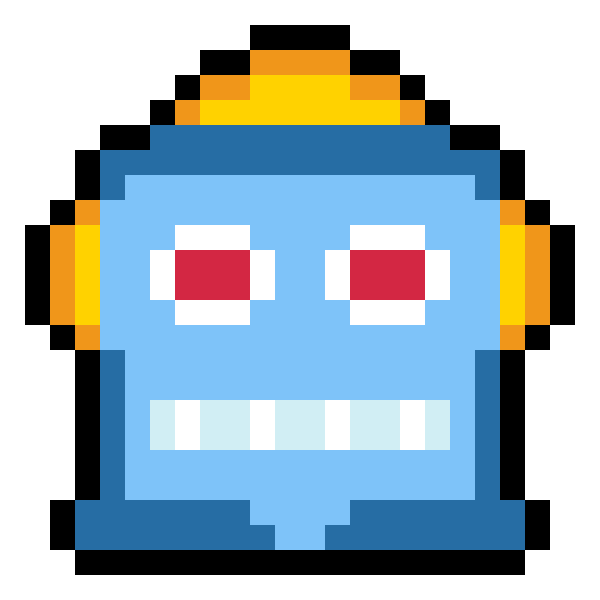Rachita Naik is a Machine Learning Engineer at Lyft. Soham Ranade is a Machine Learning Engineer at Vianai Systems, Inc.
Story's Credibility



About Author
Rachita Naik is a Machine Learning Engineer at Lyft. Soham Ranade is a Machine Learning Engineer at Vianai Systems, Inc.